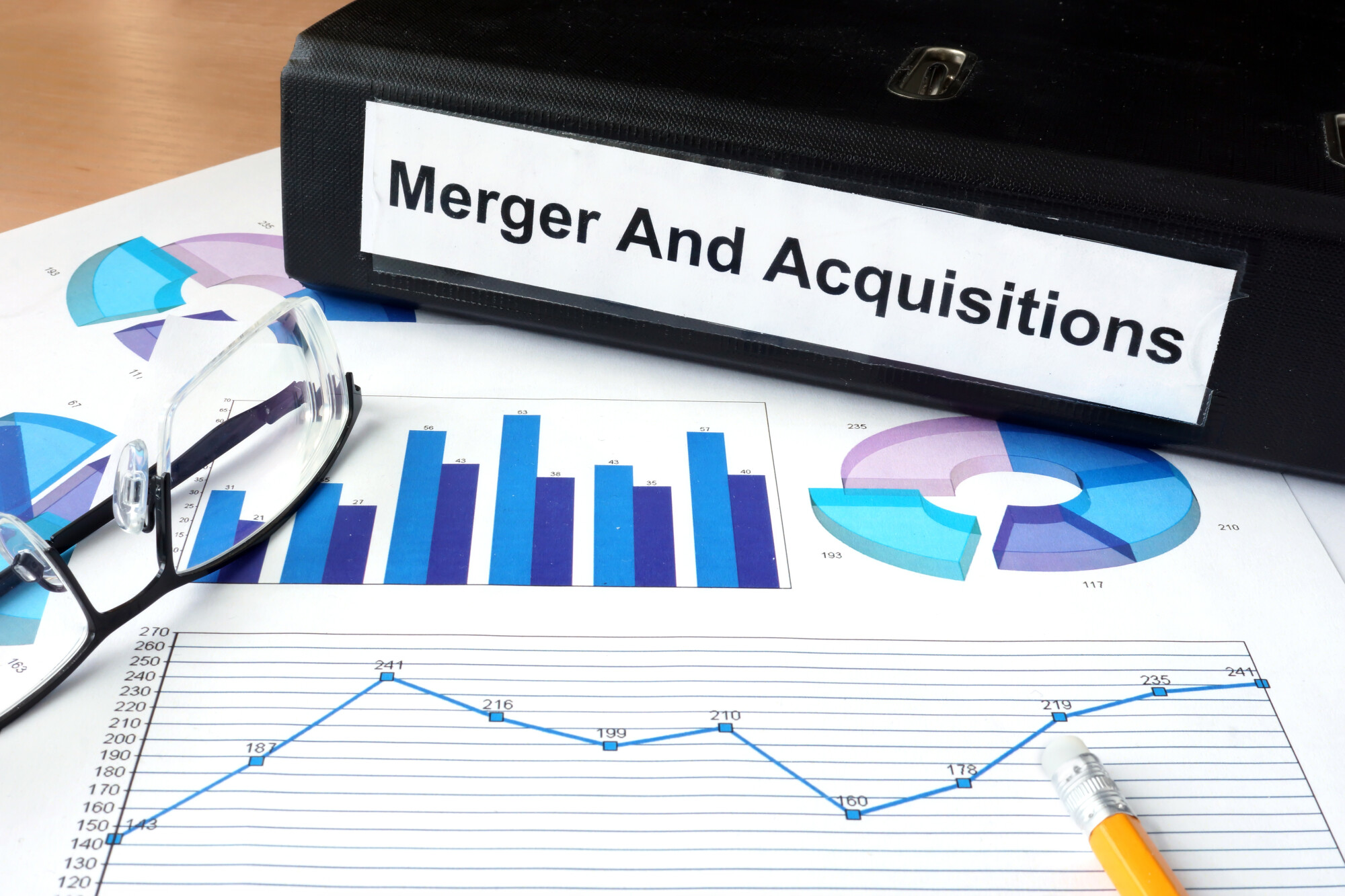Remember when Facebook went offline and took Instagram and WhatsApp with it? You may be wondering why these three major social media platforms when offline at the same time.
In short, you can thank mergers and acquisitions (M&A) for that. But what does M&A mean, and how does it affect you?
Keep reading this mergers and acquisitions guide to learn all you need to know.
All About Mergers and Acquisitions
Mergers and acquisitions (M&A) is a financial term that refers to the combining of businesses. The process is regular in business practices in the US and across the world.
An acquisition is when one company purchases another outright. Usually, a more prominent company will buy a smaller company. Common examples include Disney acquiring Pixar and Marvel, and Google acquiring Android.
Whereas a merger is when two businesses combine and form a new legal entity. A merger usually occurs between two companies of similar size. An exciting merger case to look at is AT&T and Time Warner in 2018.
Yet, there are also many other terms embedded in the concept of mergers & acquisitions. Let’s discuss a few of them.
A friendly acquisition is when the acquired (target) company’s shareholders and board of directors approve of the purchase. A hostile acquisition is the opposite. The acquiring company makes an offer directly to the shareholders, excluding the target company’s board.
Conglomerates and joint ventures also fall into the M&A category. A conglomeration is a merger between companies that are unrelated in the market. A joint venture is a partnership between business entities for a particular project.
Mergers and Acquisitions Tips: Synergy
There are many reasons why companies what to enter an M&A deal. They may want to develop new products, gain market share, or enter a new market altogether. Whatever the reason, it’s a financial deal aimed at making more money.
That’s why one of the most important considerations to think about is synergy. Synergy is the potential financial benefit that results from the deal.
It doesn’t matter if your company is going through the buy-side or the sell side M&A process; synergy is essential for both parties. There are two types of synergy: hard and soft.
Hard synergy is cost savings. Soft synergy is revenue increase. The parties involved in the merger or acquisition need to take both types of synergy into account beforehand.
M&A Law
Those who specialize in mergers and acquisitions law are responsible for performing due diligence before any mergers or acquisitions occur. The lawyers draft agreements and file regulatory paperwork with various government agencies.
Thus, M&A lawyers need to have a strong understanding of the law and business practices.
Now You Know: M&A
This quick guide gave you some significant mergers and acquisitions advice. As a result, you have a better understanding of what mergers and acquisitions are and some of the reasons why companies engage in them.
If you found this article useful, make sure to check out more in the Business section.
